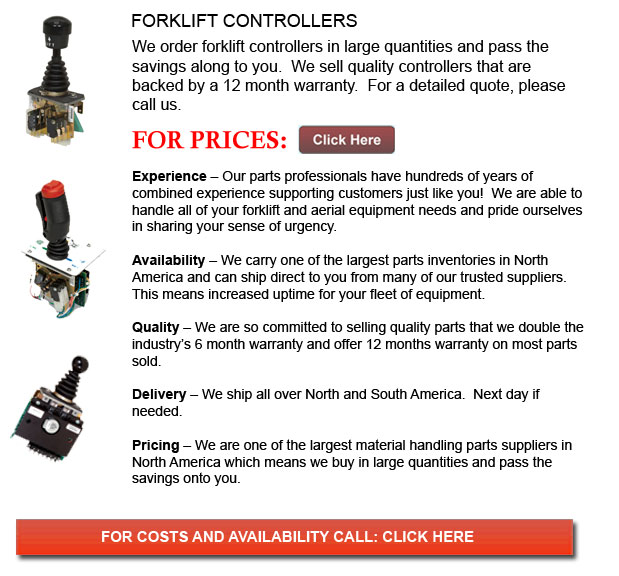
Forklift Controller - Lift trucks are obtainable in different load capacities and various units. The majority of lift trucks in a typical warehouse surroundings have load capacities between 1-5 tons. Larger scale units are used for heavier loads, like for example loading shipping containers, can have up to 50 tons lift capacity.
The operator could use a control so as to raise and lower the blades, which are also called "tines or forks." The operator can also tilt the mast so as to compensate for a heavy load's propensity to angle the forks downward to the ground. Tilt provides an ability to operate on bumpy surface too. There are yearly contests for experienced forklift operators to compete in timed challenges and obstacle courses at regional forklift rodeo events.
Forklifts are safety rated for loads at a particular utmost weight as well as a specified forward center of gravity. This very important info is provided by the manufacturer and positioned on a nameplate. It is vital loads do not go beyond these details. It is prohibited in numerous jurisdictions to tamper with or remove the nameplate without obtaining consent from the forklift manufacturer.
Most lift trucks have rear-wheel steering so as to enhance maneuverability. This is very helpful within confined spaces and tight cornering areas. This particular type of steering varies quite a bit from a driver's first experience with various vehicles. As there is no caster action while steering, it is no required to utilize steering force to be able to maintain a continuous rate of turn.
One more unique characteristic common with lift truck operation is instability. A constant change in center of gravity happens between the load and the lift truck and they need to be considered a unit during use. A lift truck with a raised load has gravitational and centrifugal forces which can converge to lead to a disastrous tipping mishap. So as to avoid this from happening, a lift truck should never negotiate a turn at speed with its load raised.
Lift trucks are carefully designed with a specific load limit for the blades with the limit decreasing with undercutting of the load. This means that the load does not butt against the fork "L" and would lessen with the elevation of the tine. Usually, a loading plate to consult for loading reference is positioned on the forklift. It is dangerous to utilize a lift truck as a worker hoist without first fitting it with certain safety equipment like for example a "cherry picker" or "cage."
Lift truck utilize in distribution centers and warehouses
Essential for whatever warehouse or distribution center, the lift truck should have a safe setting in which to accommodate their safe and efficient movement. With Drive-In/Drive-Thru Racking, a forklift must travel in a storage bay which is several pallet positions deep to put down or obtain a pallet. Operators are usually guided into the bay through rails on the floor and the pallet is positioned on cantilevered arms or rails. These tight manoeuvres require skilled operators to carry out the task efficiently and safely. For the reason that each pallet requires the truck to enter the storage structure, damage done here is more frequent than with various types of storage. Whenever designing a drive-in system, considering the dimensions of the tine truck, along with overall width and mast width, should be well thought out in order to ensure all aspects of an effective and safe storage facility.
![]() Click to Download the pdf
Click to Download the pdf
Forklift Parts
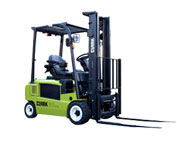
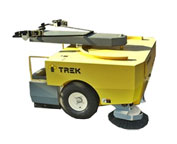
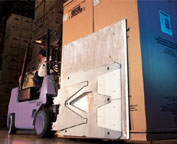
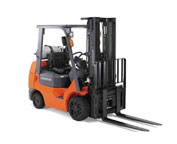
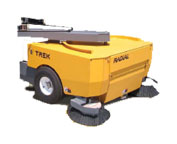
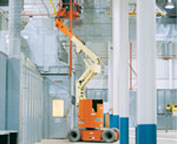
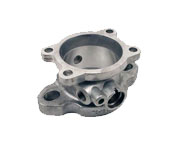
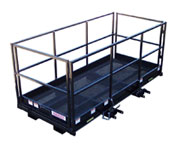
Lift Parts Express
TOLL FREE: 1-888-695-7994
Calgary, Alberta
forkliftpartscalgary.ca
Email Us
About Us


